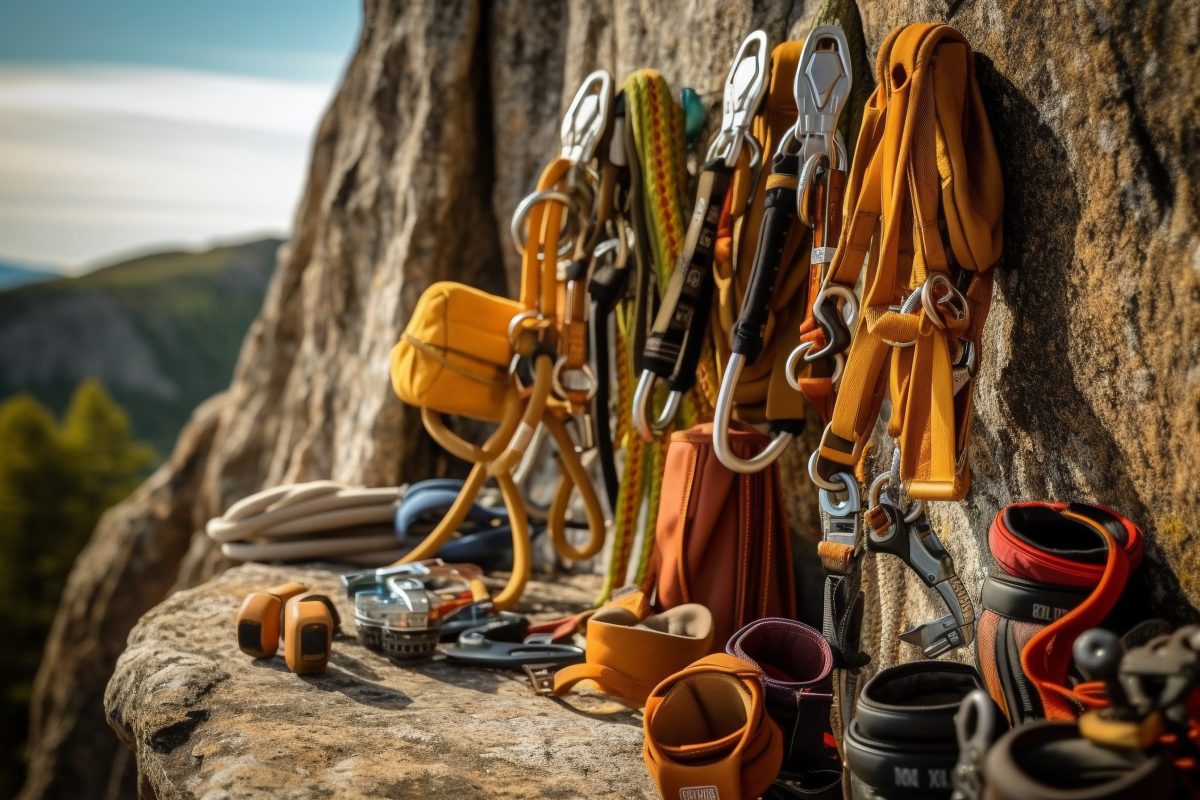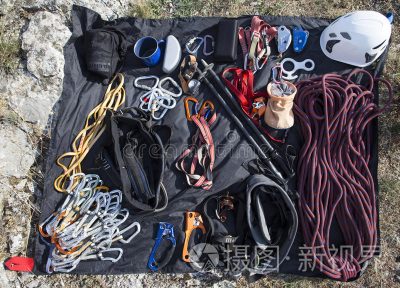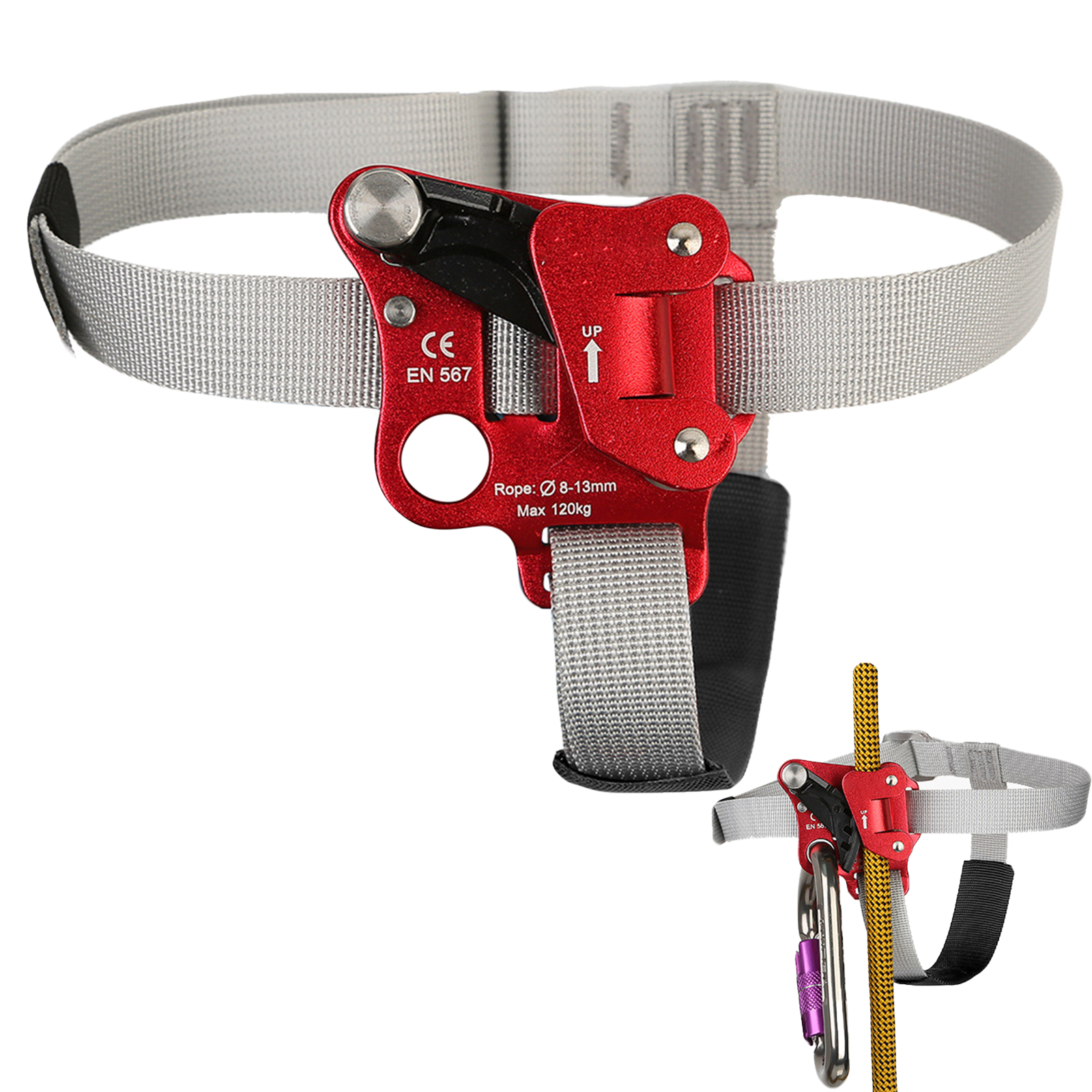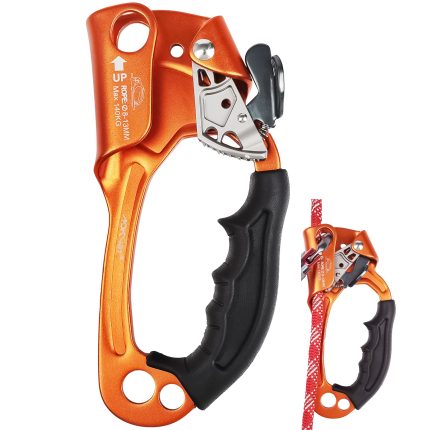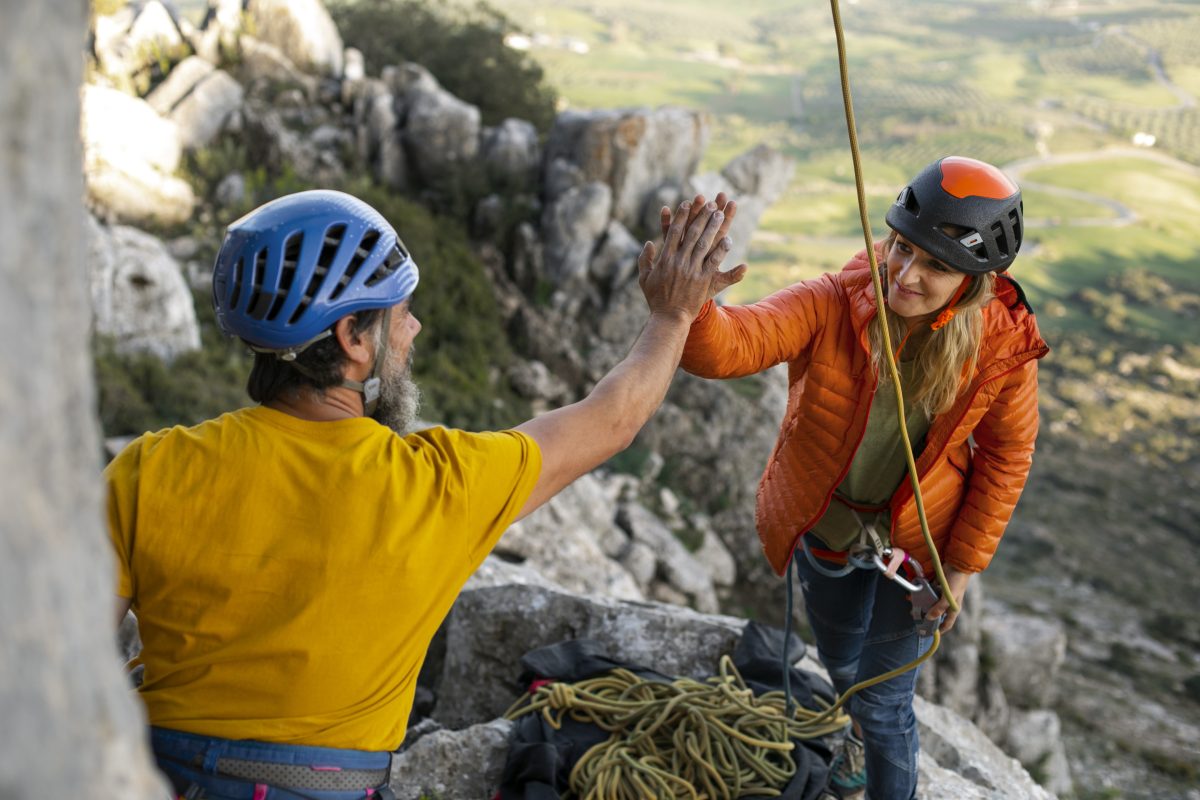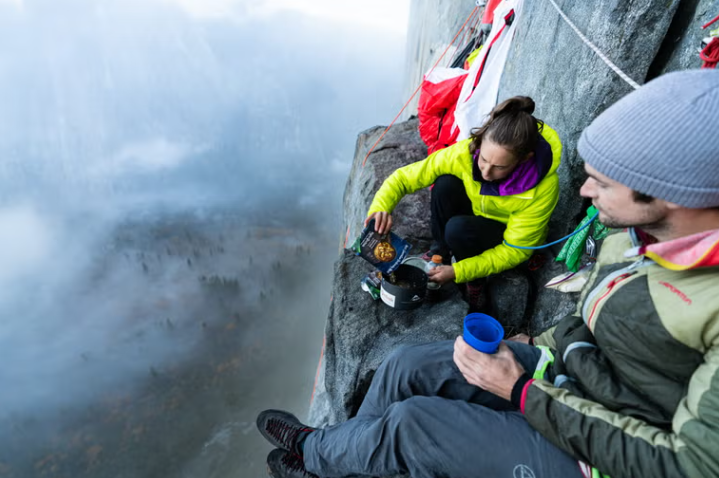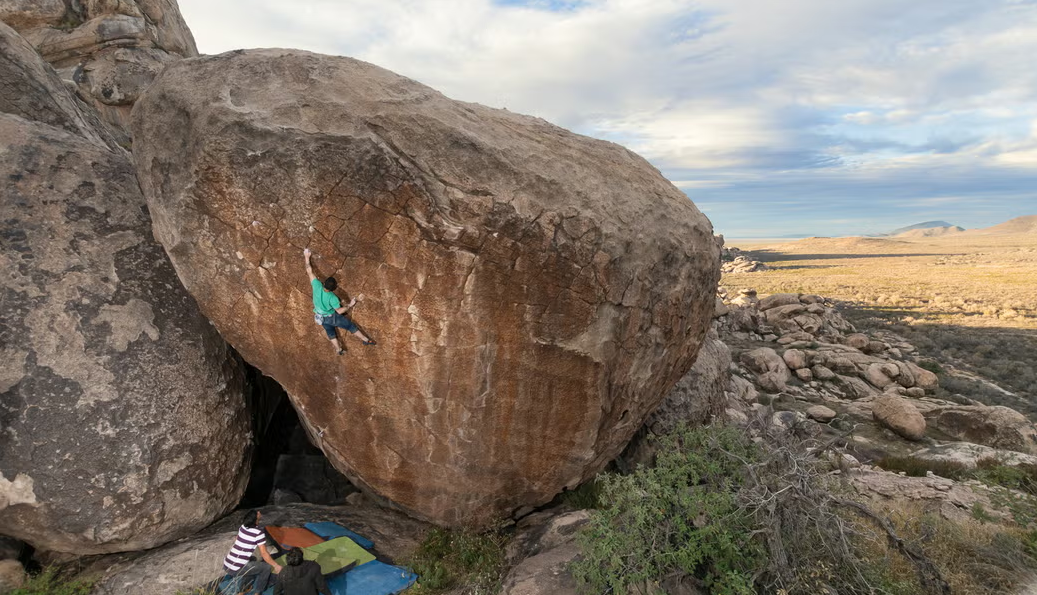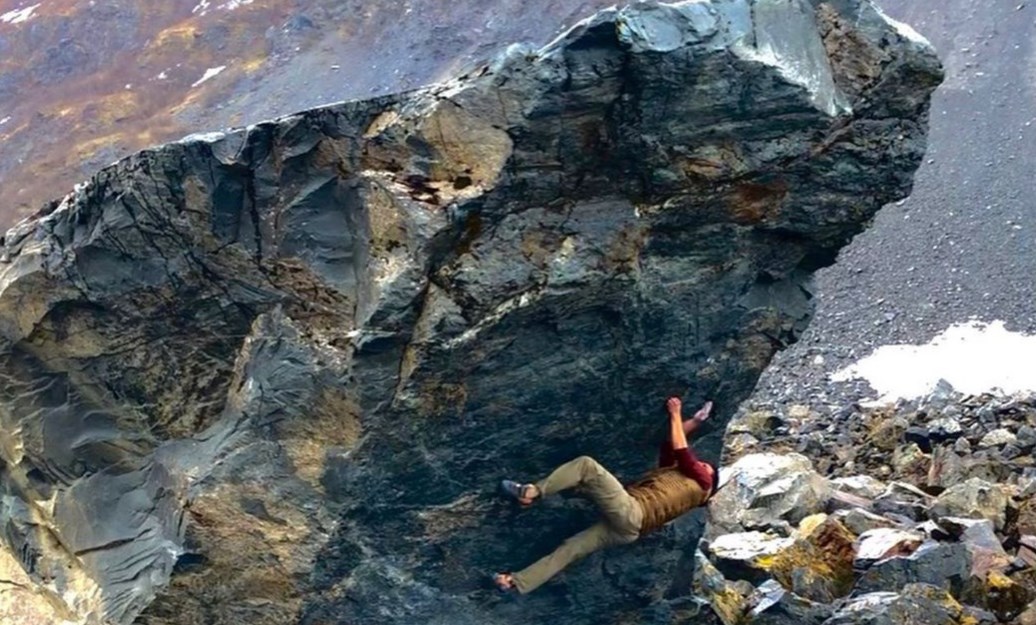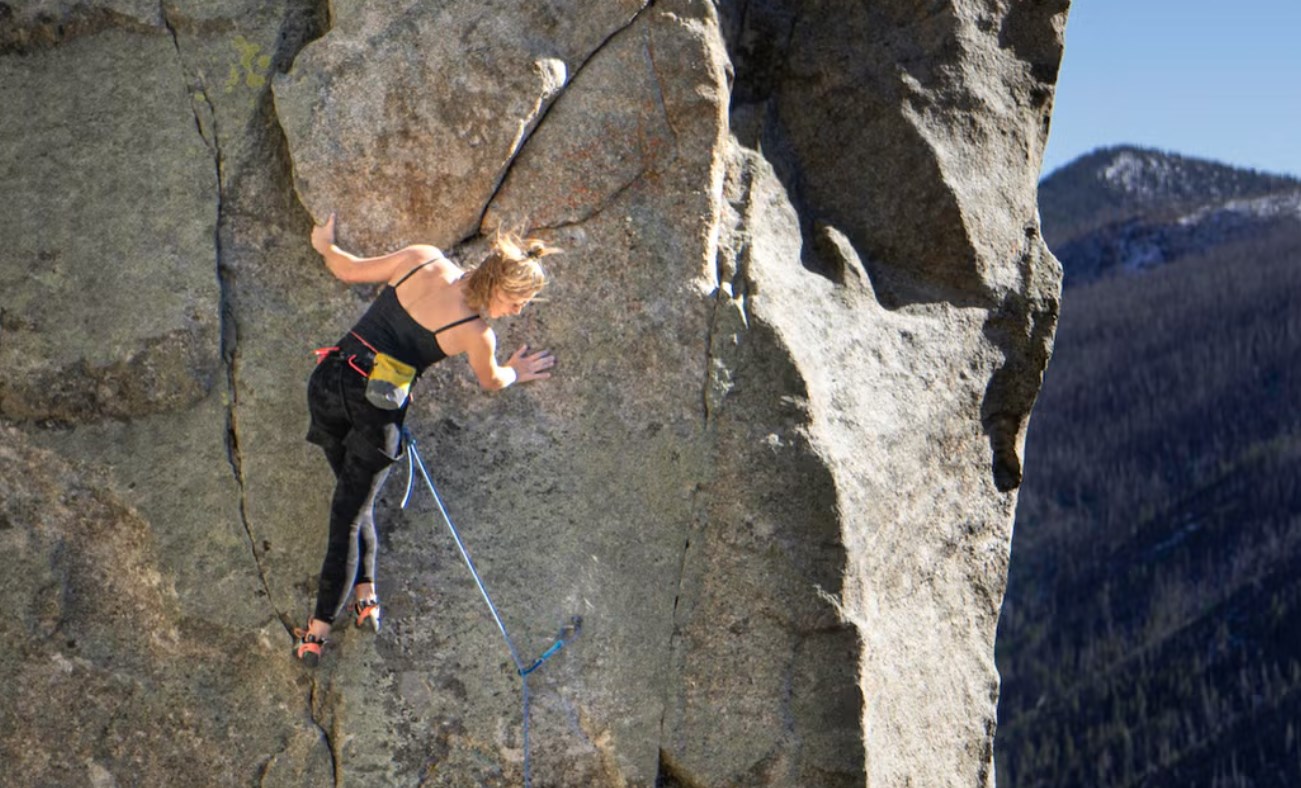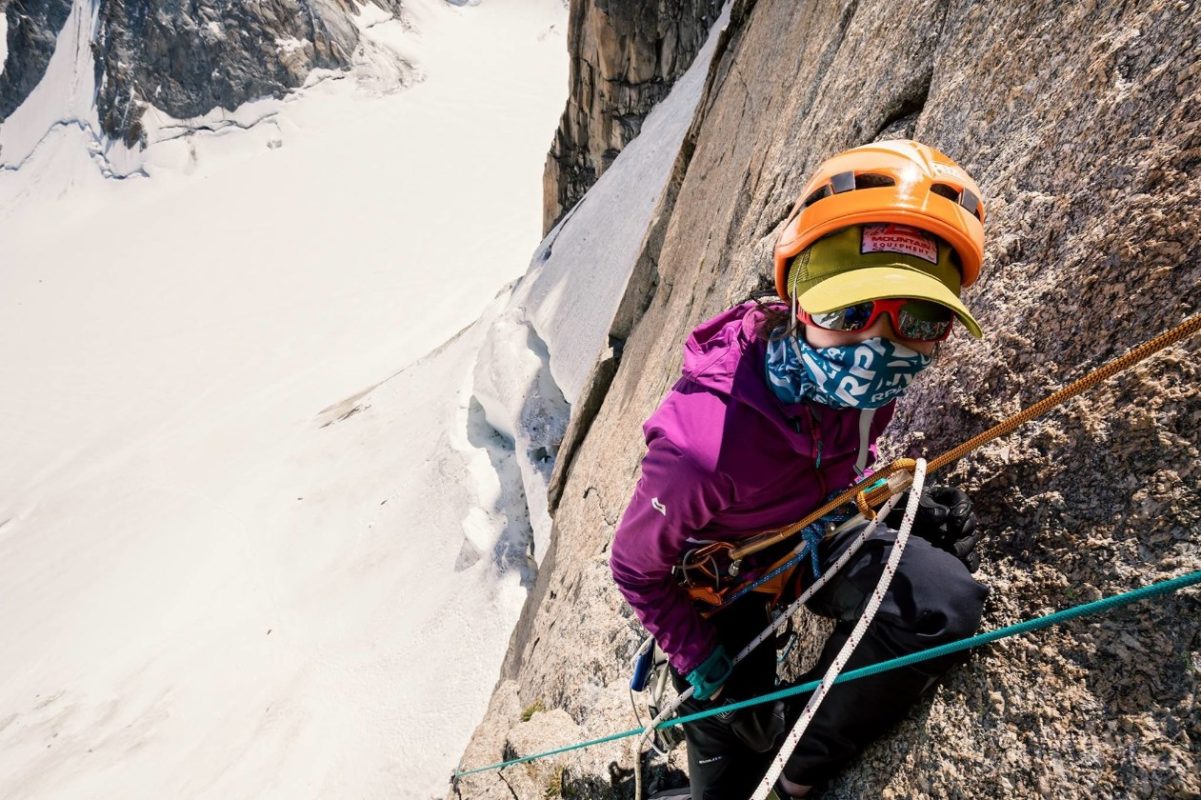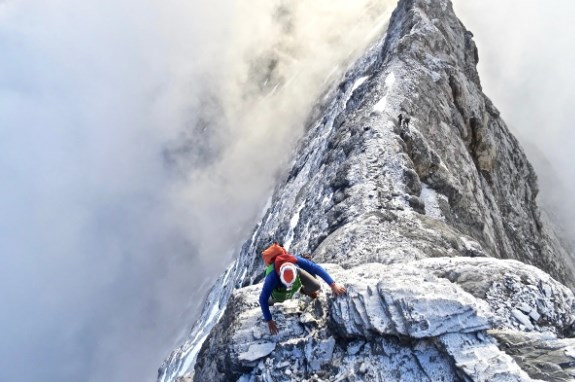Introduction to Bouldering
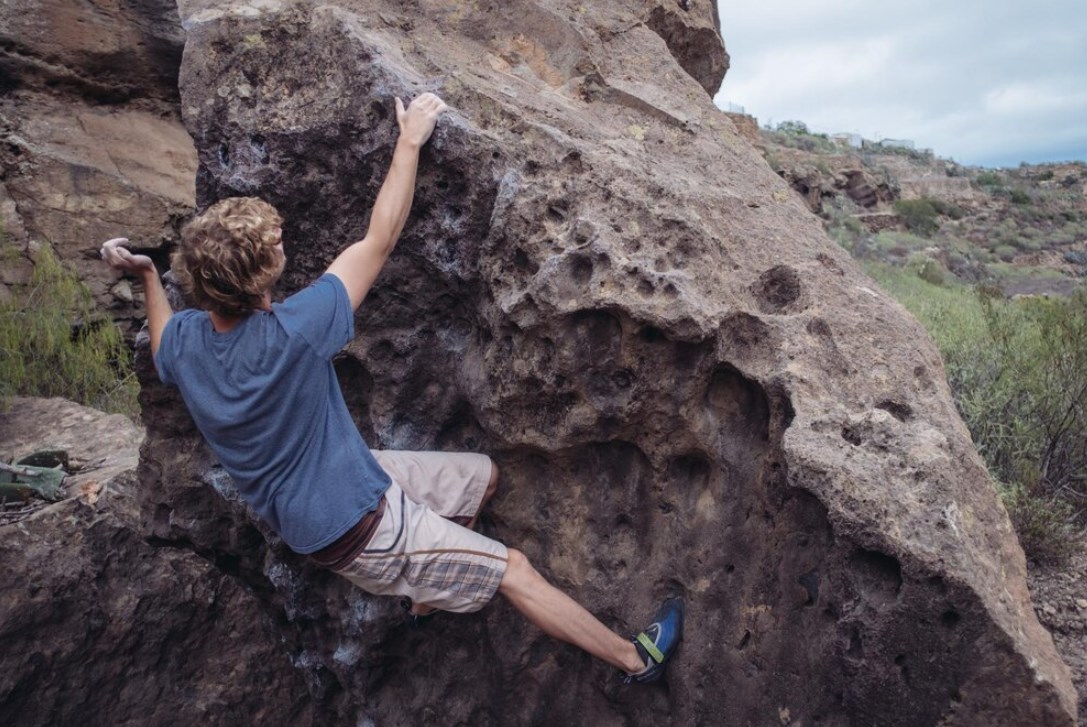
Indoor Bouldering
JOHN GILL introduced bouldering to the rock climbing community in the 1950s. Over the past decade, bouldering has developed at an astonishing pace, particularly gaining popularity among young enthusiasts.
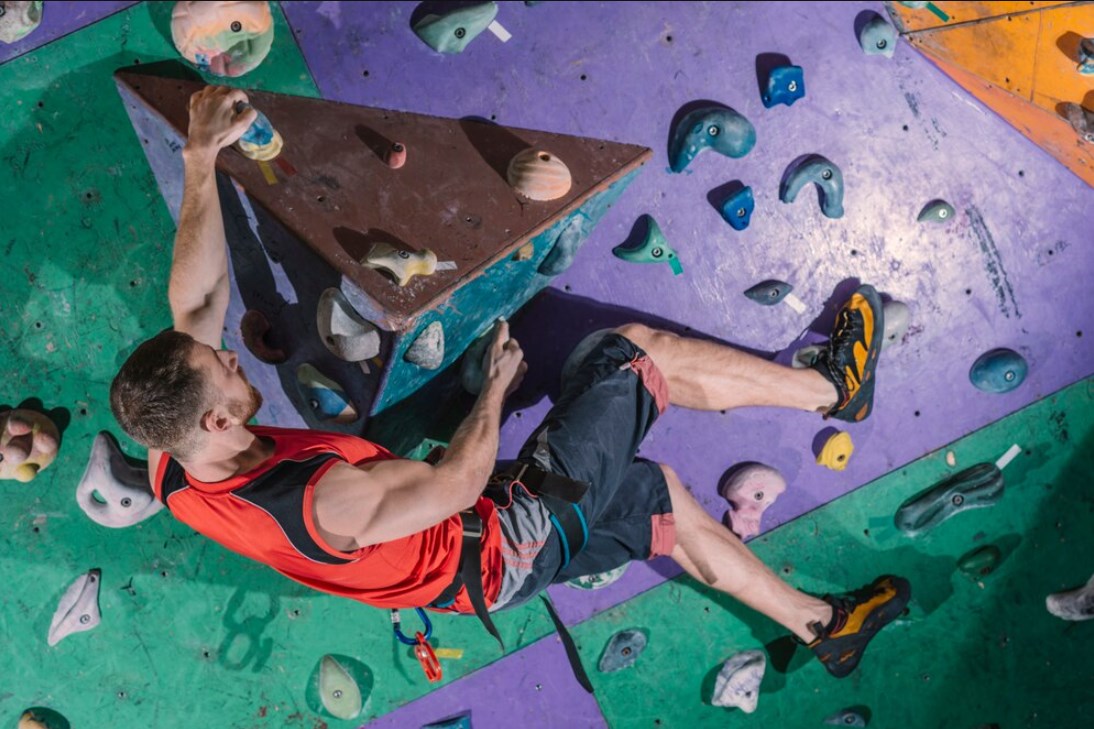
Bouldering refers to climbing large boulders no taller than 5 meters without the use of ropes or external aids, relying solely on the climber’s physical strength to complete the ascent.
This sport rigorously hones one’s determination and technical climbing skills, making it both thrilling and demanding. It requires climbers to execute dynamic movements—such as twists, pull-ups, lunges, and even jumps—on walls of varying heights and angles. Combining fitness, entertainment, and competition, bouldering is a stimulating yet graceful extreme sport, often dubbed “ballet on the cliffs” by climbers worldwide.
The intense focus and sheer enjoyment experienced during climbs, along with the post-ascent exhilaration, have contributed to bouldering’s rapid global growth within the climbing community.
As a form of rock climbing, bouldering differs significantly from other styles in its omission of safety ropes, limiting climbing heights to ensure minimal risk during falls. Additionally, its safety measures (spotting) diverge from conventional climbing practices.
The primary goal of spotting in bouldering is not to keep climbers away from the ground but to orient their bodies vertically during a fall, preventing back or head injuries. Bouldering also employs a distinct difficulty grading system compared to sport climbing.
Since 1998, Europe has hosted the official international bouldering competition “Top Rock.”
In 1999, bouldering was incorporated into the World Cup circuit, averaging six annual events. France and Italy also host regular international competitions.
Since 1999, the Asian X-Games have included bouldering in select events.
The first Asian Bouldering Championship took place in Taiwan, China, in 2001.
By 2002, several international competitions had integrated bouldering into their schedules.
Characteristics of Bouldering
Bouldering represents the most primal form of climbing, characterized by direct, dynamic, and visually striking movements. Freed from the constraints of ropes, it emphasizes raw power and aesthetic expression more than roped sport climbing.
From its inception, bouldering has challenged climbers to push their limits, showcasing the potential of human climbing ability through explosive strength and agility. Movements such as lunges, leaps, and the use of minuscule or slippery holds demand intense bursts of energy, often accompanied by shouts, swings, and dramatic contortions of the body. These elements make bouldering a highly captivating spectacle.
1. Minimal Essential Gear
The essential equipment for bouldering includes only climbing shoes and a chalk bag. Routes with poor landing zones may require crash pads. Regardless, this simplicity starkly contrasts with the extensive gear needed for traditional climbing—main ropes, harnesses, carabiners, slings, descenders, quickdraws, and more. Thus, bouldering offers a more accessible, “democratized” branch of the otherwise elite sport of rock climbing, particularly benefiting younger enthusiasts with limited budgets.
2. Collaborative Atmosphere and Ease of Communication
Due to shorter routes, bouldering allows groups to take turns attempting climbs, fostering a collaborative environment for sharing techniques and feedback. The density of bouldering routes also encourages community gatherings. Climbers exchange beta, study movements, share crash pads, spot each other, and offer genuine support—embodying the true spirit of sportsmanship.






